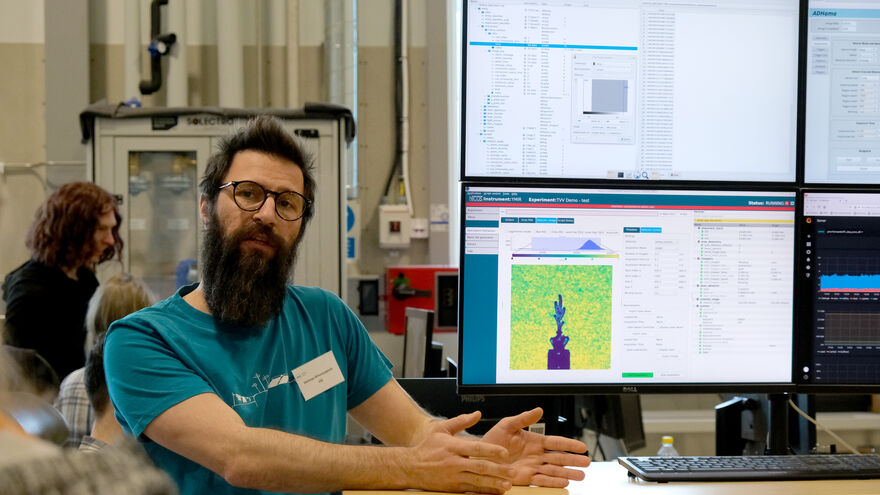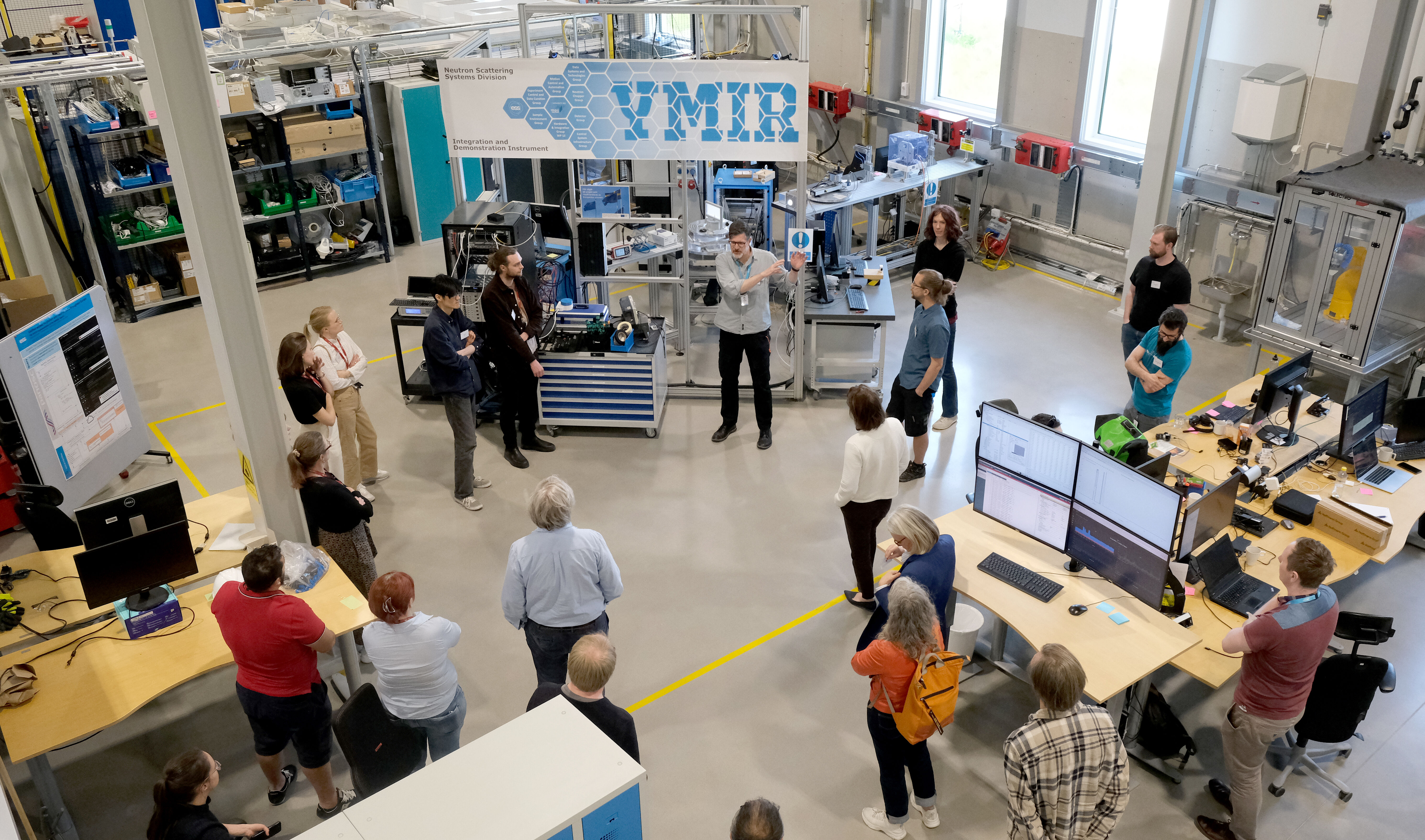
On May 11, 2023, ESS hosted the closing conference for the Spatial Research Excellence by ESS (SREss3) project. The closing conference served as a platform for showcasing the results achieved throughout the project, with many of the people involved sharing their insights. The event was also attended by representatives from Tillväxtverket, the Swedish Research Council, and the evaluators from Ramböll.
The conference's agenda was packed with presentations that highlighted the project's achievements in various areas. First and foremost, the construction of the Test Beamline, which is well under way on the ESS site and the Ymir lab instrument, which was co-funded by the ERDF Swedish program. The project also included ten different sub-projects within sample environments that brought back many descoped work packages on track.
One of the most significant achievements of the SREss3 project, which was presented at the conference, was the enabling of state-of-the-art in-situ deformation experiments through the use of deuteration strategies. Additionally, a new electrochemical cell for simultaneous diffraction to lipid nanoparticles under shear stress requiring novel flow SANS sample environment was developed.
The results of the SREss3 project have demonstrated the importance of collaboration and the need to invest in cutting-edge research to drive innovation.
About SRRess3
The project SREss3 has run between 2021-2023 co-funded by the Swedish national regional development fund. The total budget was 72 MSEK with support of 50% of the cost from the co-fund. The main focus of the project was to build the ESS Test Beamline and Ymir, and also to involve Swedish universities in the on-going instrument program. Altogether 10 sub-projects were approved, involving five universities.


























